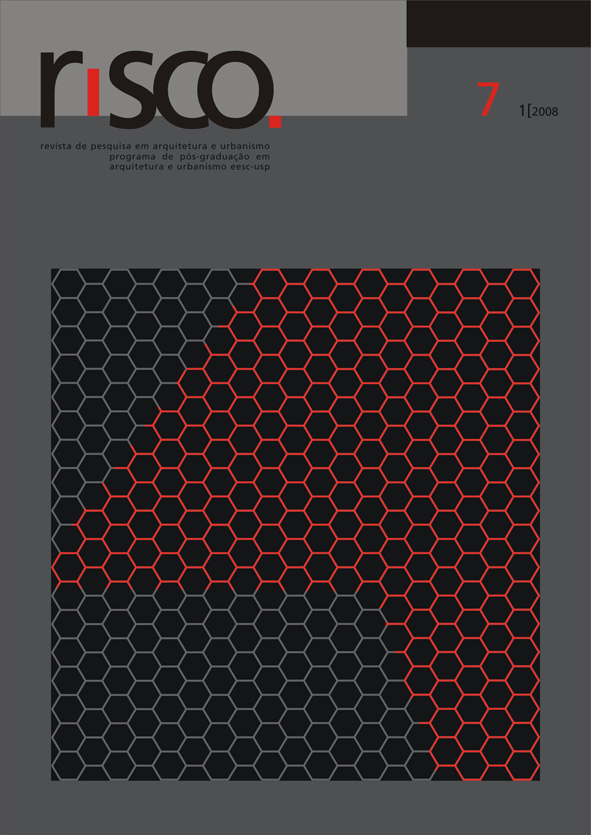Edifícios públicos: arquitetura forense: arquitetura moderna questionando a simbologia e mitos do Poder Judiciário no Estado de São Paulo
DOI:
https://doi.org/10.11606/issn.1984-4506.v0i7p39-48Keywords:
public buildings, action plan PAGE, forensic architectureAbstract
In the State of São Paulo, forensic buildings as well as all other public buildings built until the end of the fifties were projected by the Department of Public Works (Departamento de Obras Públicas - DOP). Courts had an eclectic language, with strong academic ascendance, underlining the presence of the State and reinforcing its social hierarchy. By introducing a government plan with modernizing ideals - the Action Plan (PAGE), by Carvalho Pinto (1959-1963) -, young architects found a soil to cultivate their ideas of a new architecture, in which forensic buildings were recomposed associating new forms of social relations and democratic spaces, even though they were suited to the expectations of a "modernizing State" and "years of euphoria". During this time, the national architecture has gone through an unique production and also contributed to divulge modern architecture.Downloads
Downloads
Published
Issue
Section
License
Autores que publicam nesta revista concordam com os seguintes termos:
a. Autores mantém os direitos autorais e concedem à revista o direito de primeira publicação, com o trabalho simultaneamente licenciado sob a Licença Creative Commons Attribution BY-NC-SA que permite o compartilhamento do trabalho com reconhecimento da autoria e publicação inicial nesta revista.
b. Autores têm autorização para assumir contratos adicionais separadamente, para distribuição não-exclusiva da versão do trabalho publicada nesta revista (ex.: publicar em repositório institucional ou como capítulo de livro), com reconhecimento de autoria e publicação inicial nesta revista.
c. Autores têm permissão e são estimulados a publicar e distribuir seu trabalho online (ex.: em repositórios institucionais ou na sua página pessoal) a qualquer ponto antes ou durante o processo editorial, já que isso pode gerar alterações produtivas, bem como aumentar o impacto e a citação do trabalho publicado (Veja O Efeito do Acesso Livre).

















